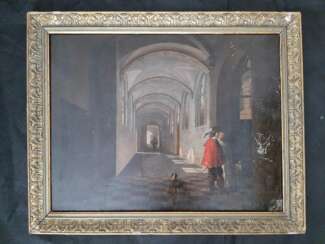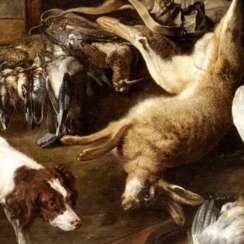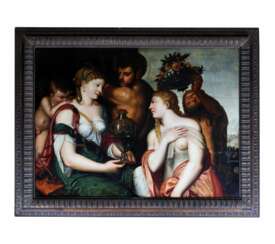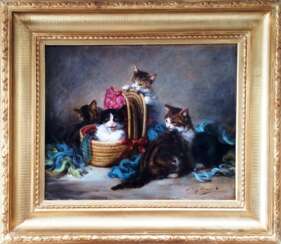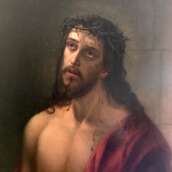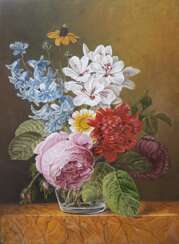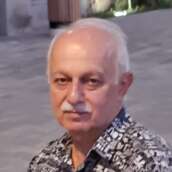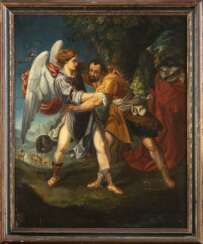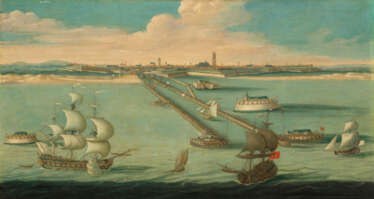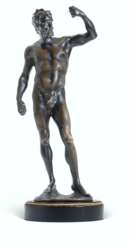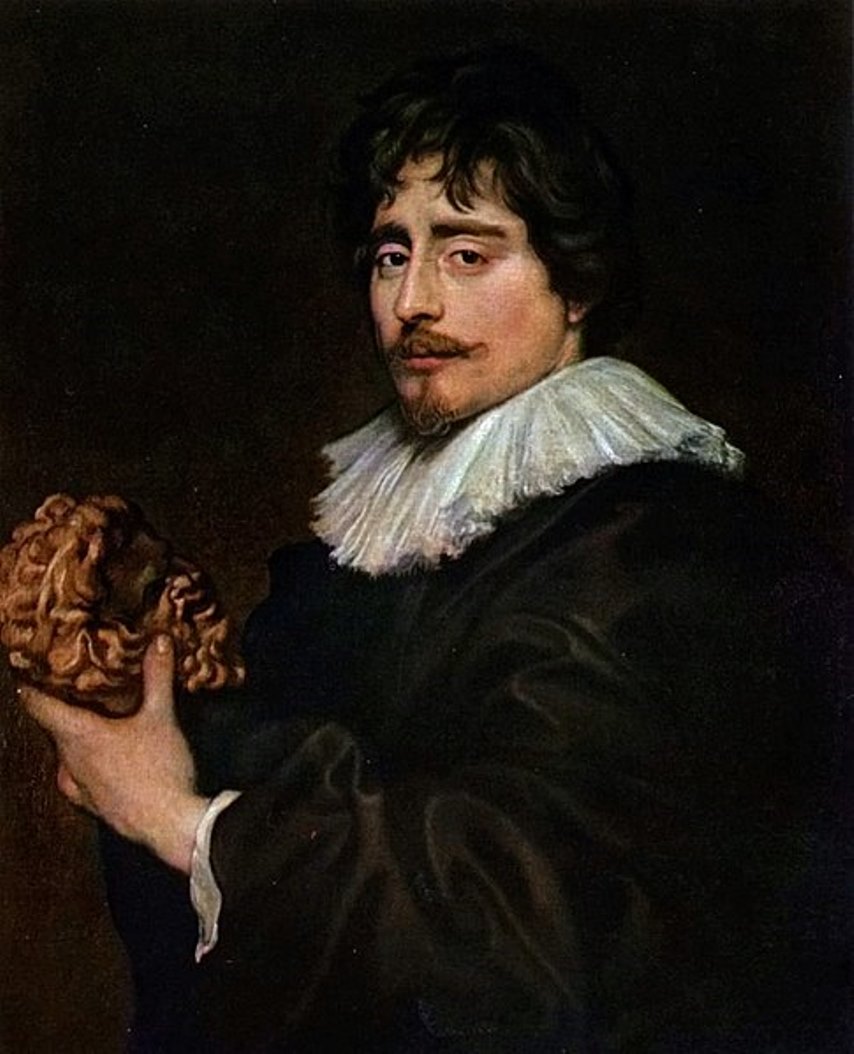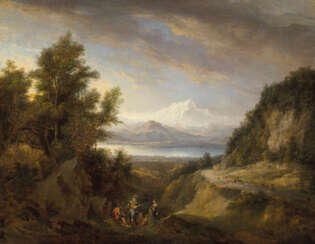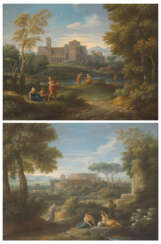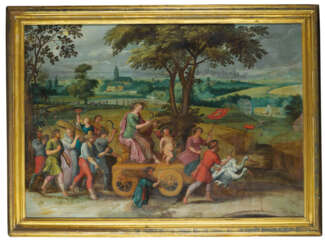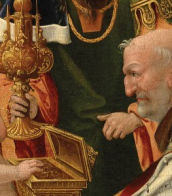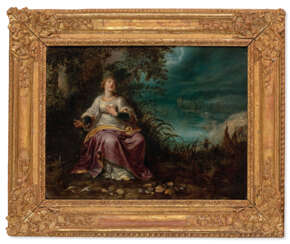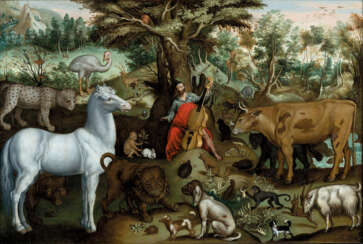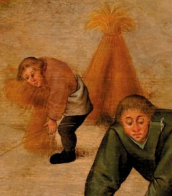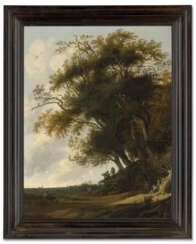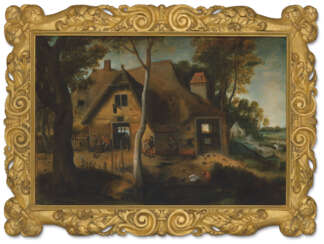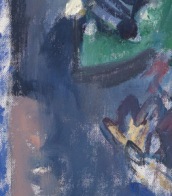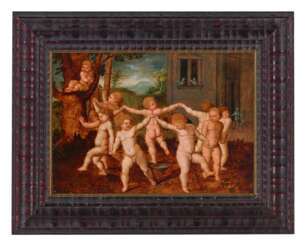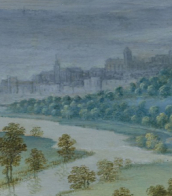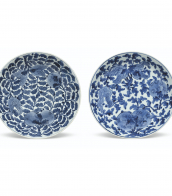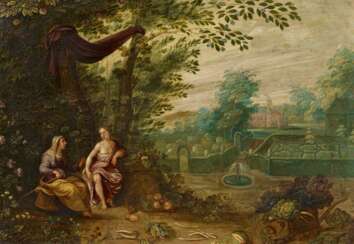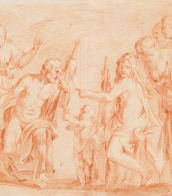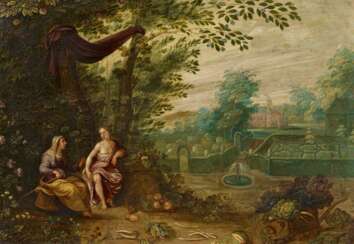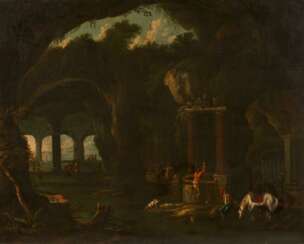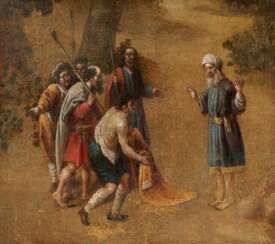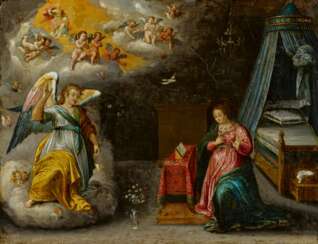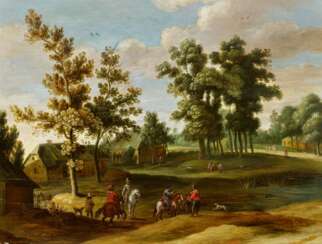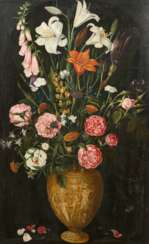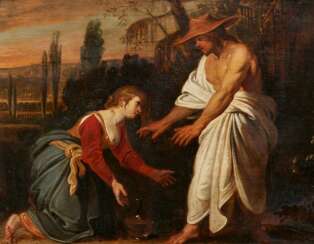фламандская живопись
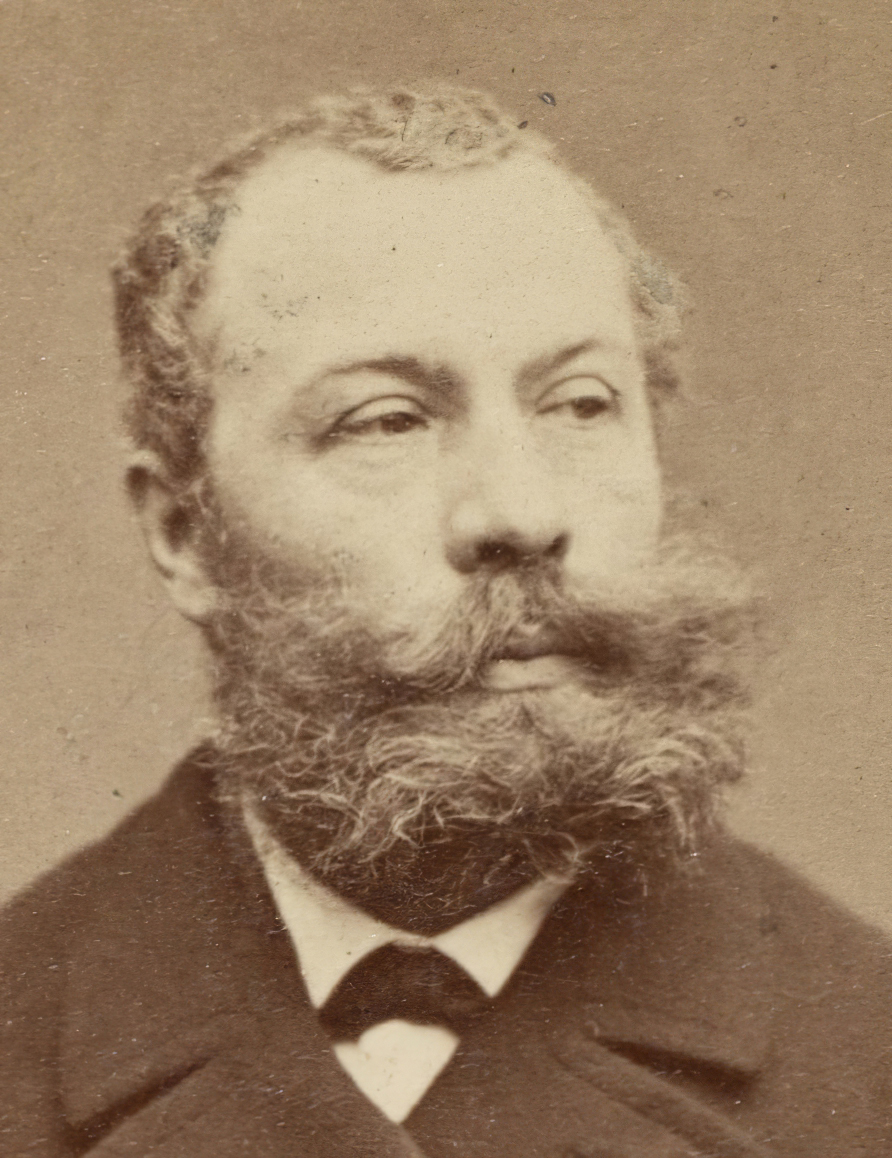
Florent Joseph Marie Willems or Florent Willems van Edeghem was a Belgian painter and art restorer. He was successful with his genre scenes depicting a few figures in an interior executed in the style of the 17th century Flemish and Dutch Baroque. He was particularly praised for his ability to render realistically the materials of the clothes of his figures which earned him the nickname of the «modern Ter Borch».
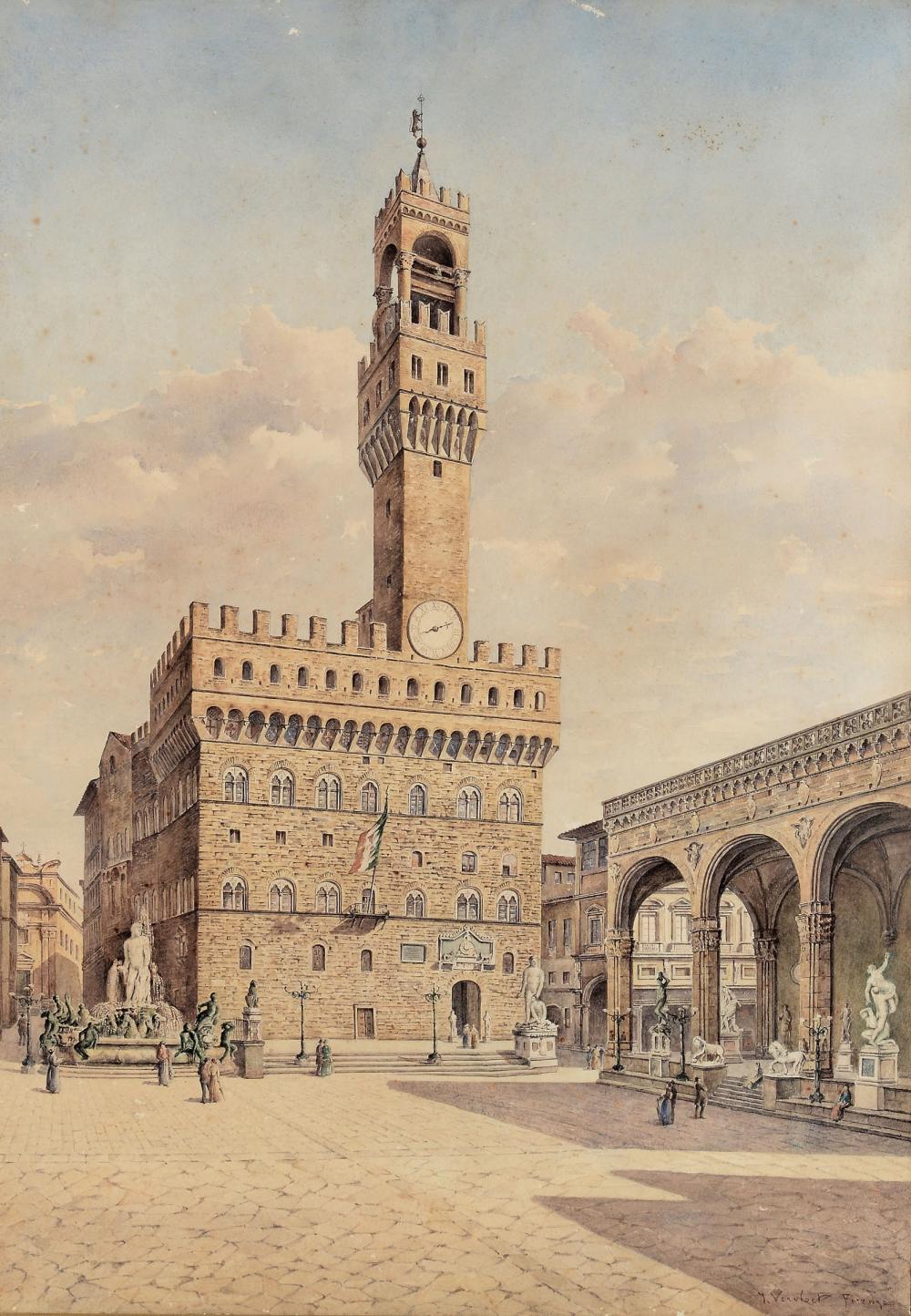
Frans Vervloet was a Belgian painter, draughtsman and lithographer of the Romantic period who specialised in urban landscapes (vedute) and church interiors. He also belonged to the Posillipo school.
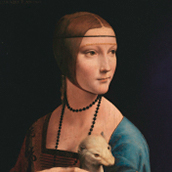
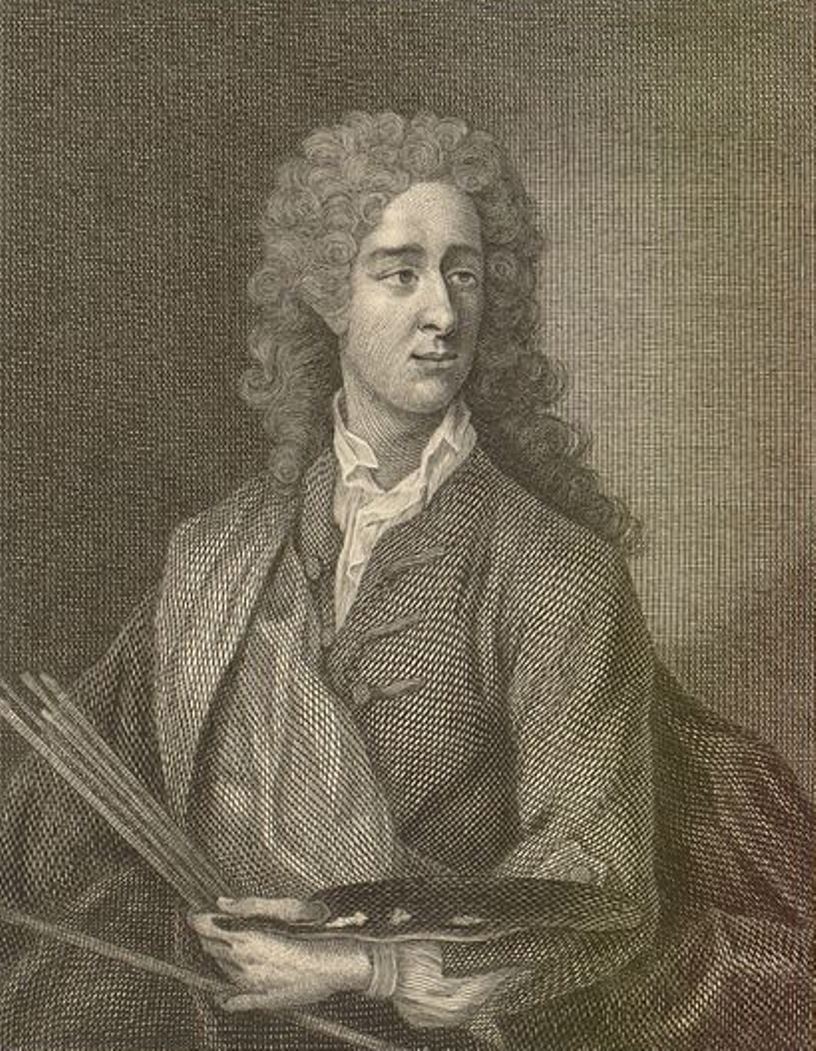
Peter Tillemans was a Flemish painter who worked in England.
Arriving in England in 1708, he quickly established himself as a versatile painter, receiving commissions for portrait groups, historical subjects, theater sets, and decorative painting.
In the early 1720s, Tillemans had a successful career painting dogs, horses, and racing scenes and was one of the first artists to depict sporting scenes in England. He also specialized in country house views and panoramic landscapes with sporting events in the foreground. Along with John Wootton and James Seymour, Tillemans is believed to have been one of the founders of the English school of sports painting.
Some two hundred topographical drawings of Northamptonshire by the artist have also survived.
Tillemans was a member of the Rose and Crown Club.
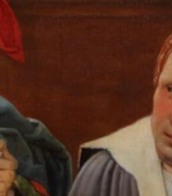
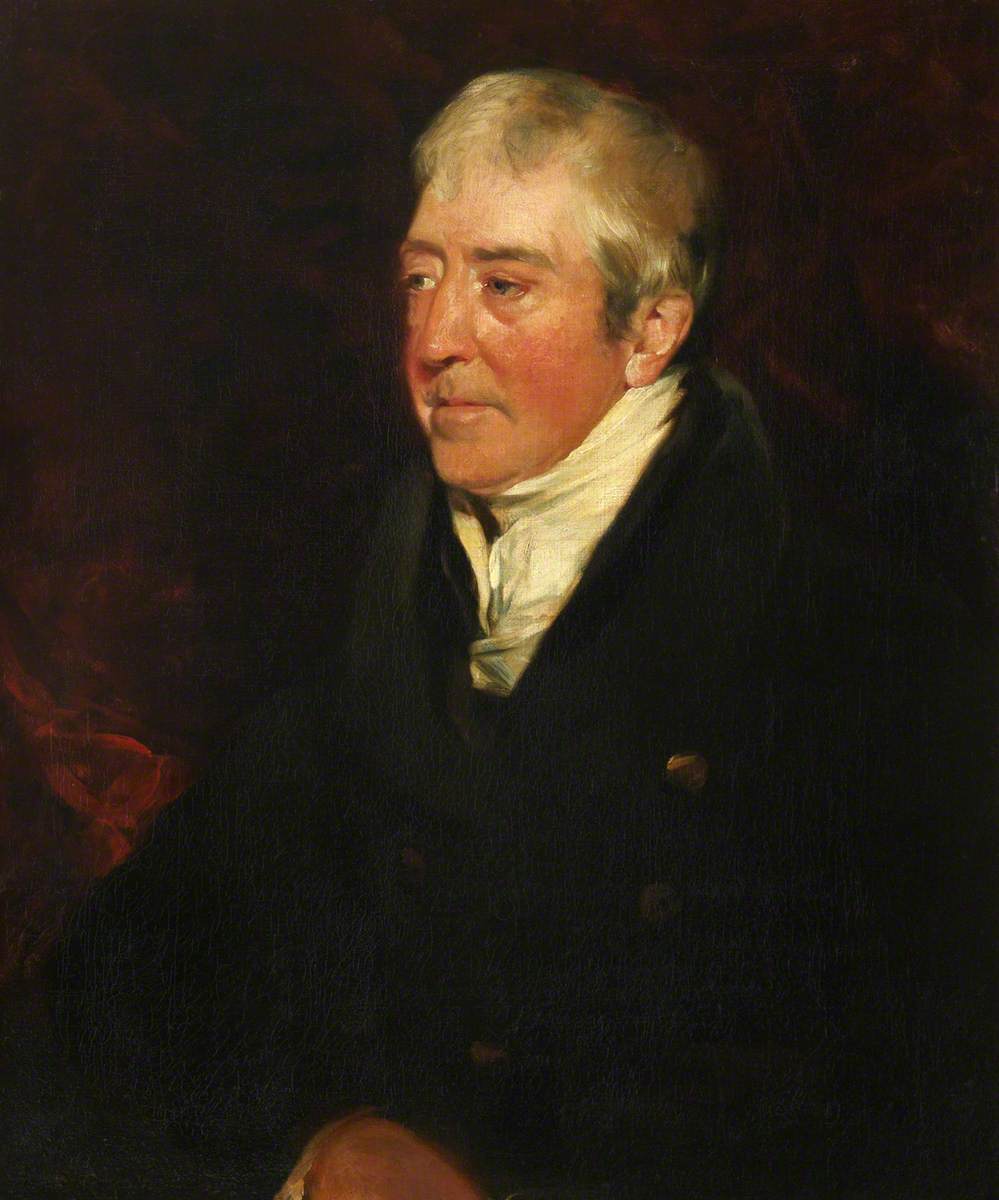
Alexander Nasmyth was a Scottish portrait and landscape painter, a pupil of Allan Ramsay. He also undertook several architectural commissions.

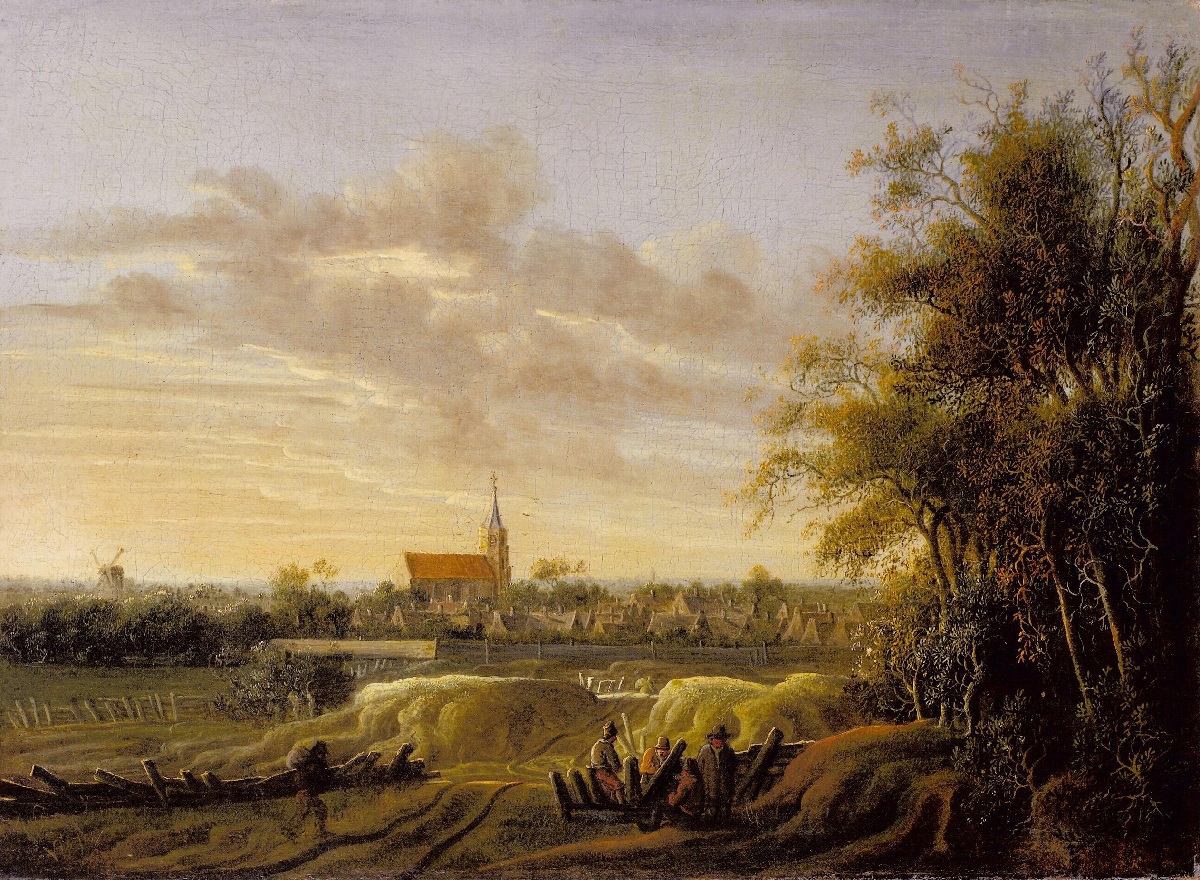
Anthonie Jansz. van der Croos was a Dutch painter and draughtsman of the Golden Age of Dutch painting. He mainly painted landscapes, often in combination with castles or country houses, as well as cityscapes. He was a pupil of Moyses van Uyttenbroeck.
Antoni Jans van der Kroes lived and worked in The Hague from 1634. He became a member of the local St. Luke's Guild in 1647. He was a neighbour of Jan van Goyen, whose work had a great influence on him, so much so that their works were sometimes confused with each other.
In 1656 he became co-founder and secretary of the Confrerie Pictura in The Hague.
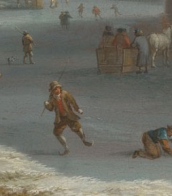
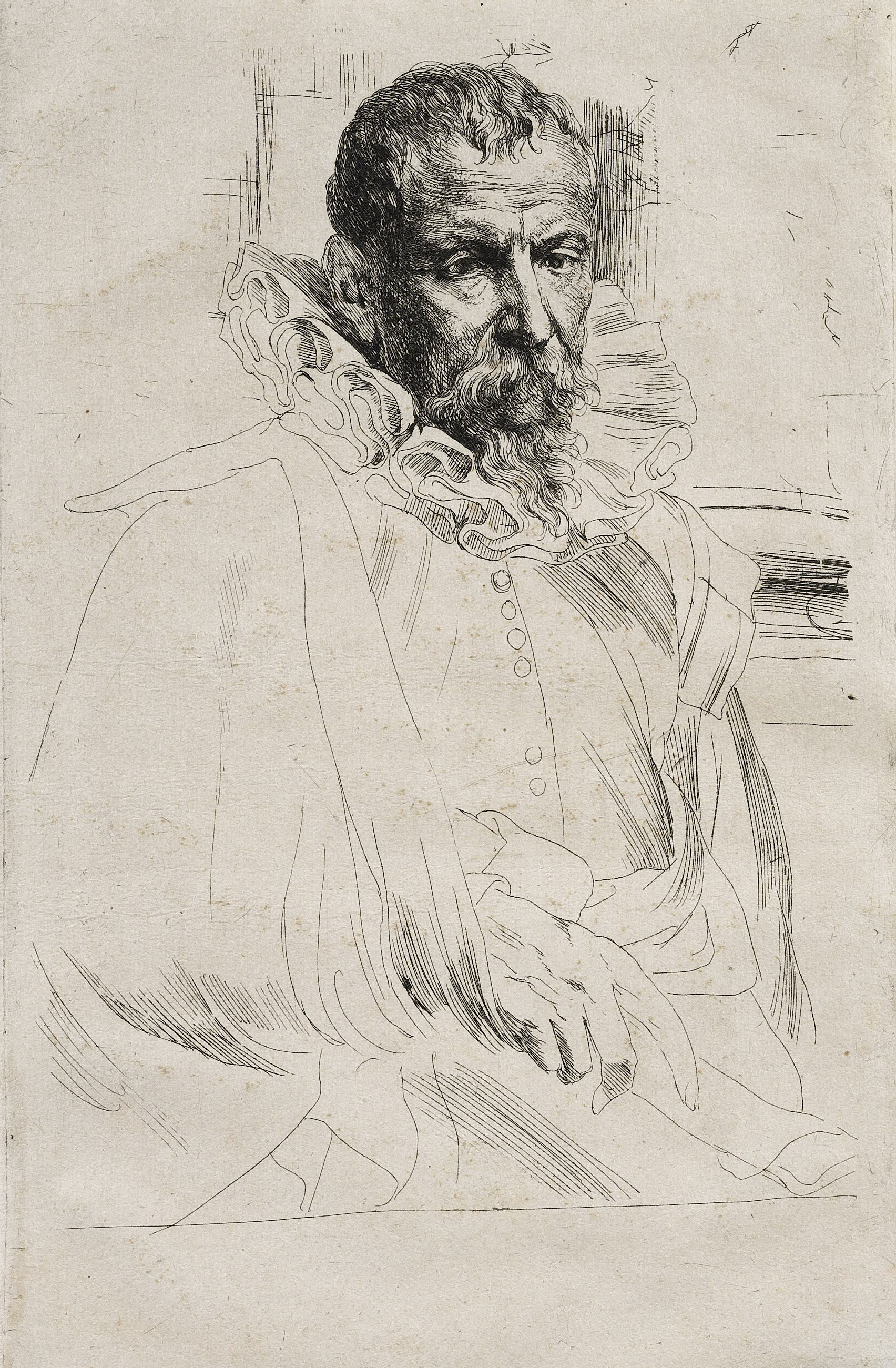
Pieter Brueghel the Younger was a Flemish artist celebrated for his detailed landscapes, religious themes, proverbs, and vibrant village scenes. Despite being the son of the illustrious Pieter Bruegel the Elder, Brueghel the Younger carved out his own niche in the art world, earning the moniker 'Hell Brueghel' for his dynamic scenes of fires and energetic copies of his father's peasant life portrayals.
Brueghel the Younger's original creations, such as "The Village Lawyer," showcase his keen observation of village life, merging the energy and boldness of 17th-century style with his father's idiom. His work is characterized by its lively, picturesque depiction of peasants, albeit some critics argue they lack the subtlety and humanism of his father's creations. Despite this, Brueghel the Younger's legacy includes a significant number of original works and copies that were rediscovered in the 20th century, highlighting his contribution to the Flemish painting tradition.
His workshop was known for its prolific output, especially in producing copies of Bruegel the Elder's compositions, a testament to the enduring popularity and influence of the Bruegel family's artistic legacy. However, Brueghel the Younger also impressed with his unique compositions, contributing to the genre of still life and village scenes with a distinct style that resonated well into modern times.
For collectors and experts in art and antiques, Pieter Brueghel the Younger's works represent an important period in Flemish art, offering insights into the evolution of genre painting and the detailed portrayal of rural life. His paintings, held in esteemed collections worldwide, continue to be studied and admired for their vibrancy, narrative quality, and historical value.
To explore more about Pieter Brueghel the Younger and to stay updated on sales and auction events related to his work, signing up for specialized updates can offer exclusive insights into the world of this influential Flemish painter. This subscription ensures enthusiasts and collectors are well-informed about developments related to Brueghel the Younger's oeuvre, enhancing their appreciation and understanding of his artistic legacy.

